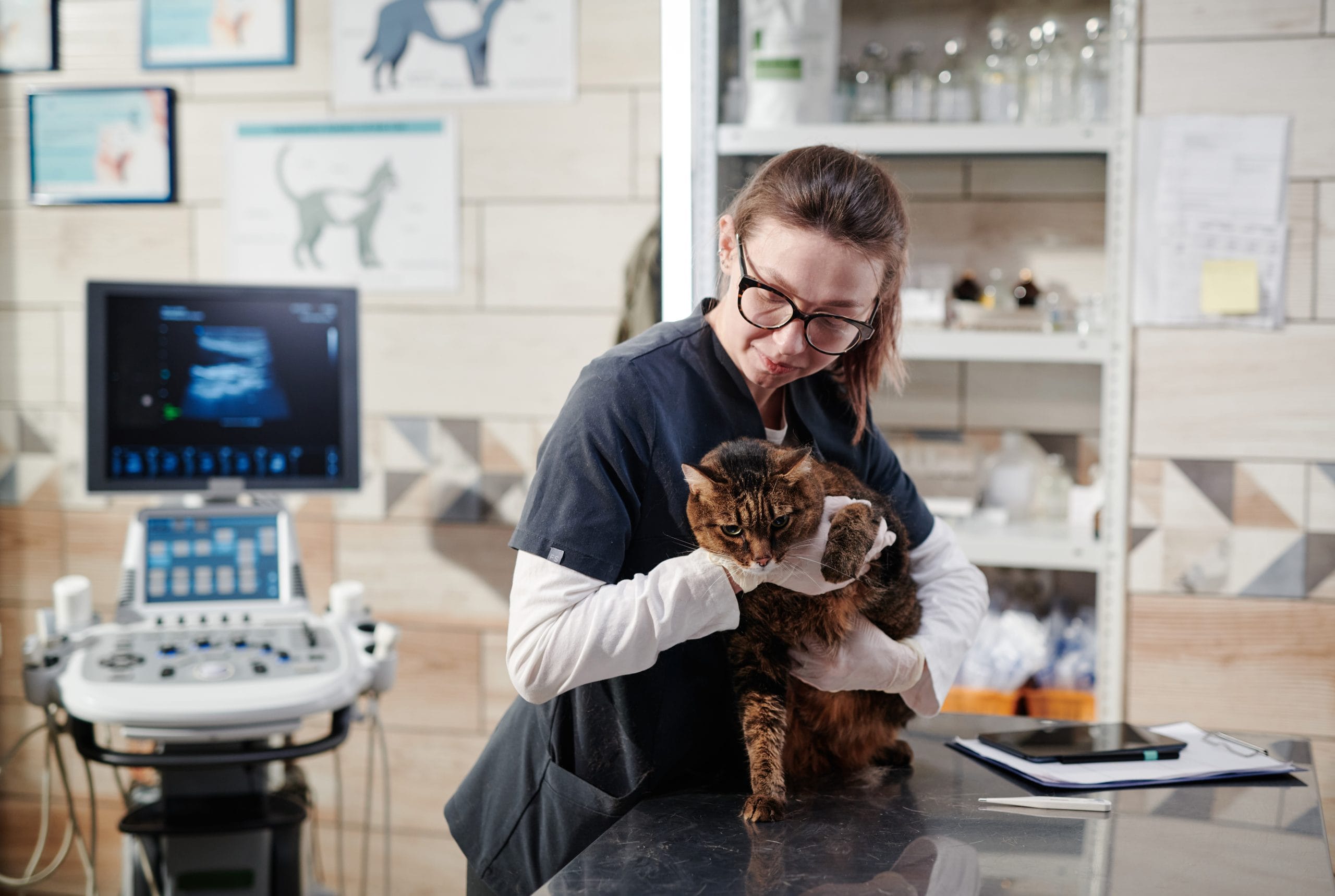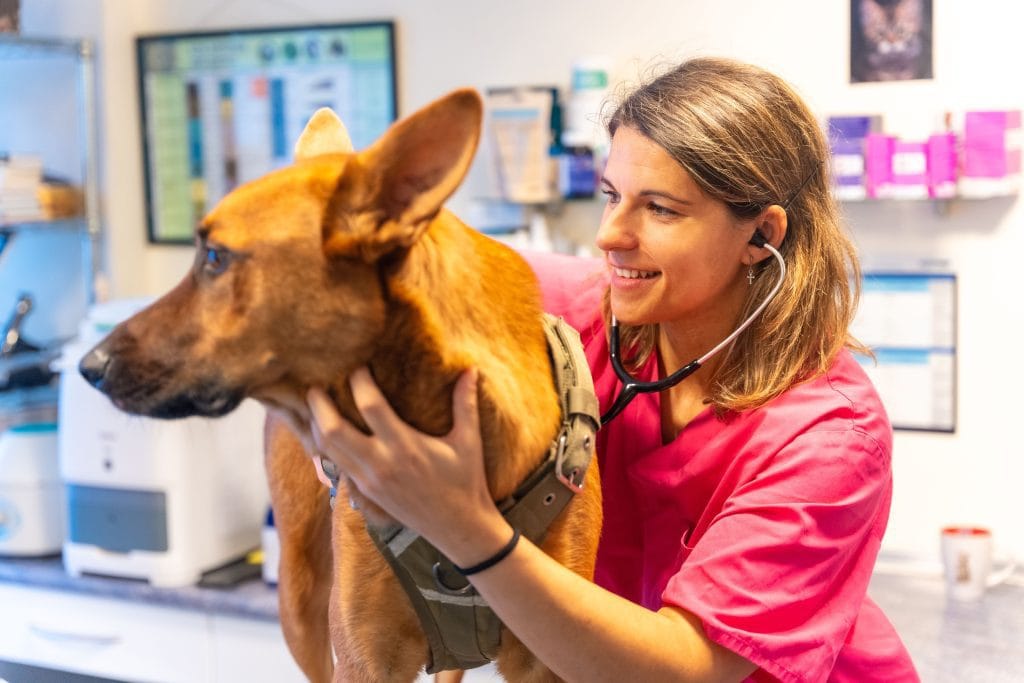


Investing in Animal Health as the Next Frontier

The sector dedicated to animal health is evolving rapidly and with it, the investment landscape. What once may have appeared as a niche corner of pharmaceuticals and veterinary services has now transformed into a dynamic frontier attractive to entrepreneurs, business professionals and investors alike. Whether your interest lies in start-ups or established companies, the time has arrived to evaluate how the animal health sector can play a vital role in business building and innovation.
The Growth Landscape of Animal Health
The global market for animal health recently reached roughly USD 62.9 billion and is projected to approach USD 112.3 billion by 2030, reflecting a compound annual growth rate just over 10 percent. Grand View Research reports that much of this surge is driven by the rise in companion-animal care, as more households adopt pets and owners spend more on diagnostics, treatments, and wellness programs. The livestock health segment also plays a key role, though it tends to grow more modestly. L.E.K. Consulting notes that both companion and food-animal health markets are innovating at a pace that rivals human healthcare.
From a business perspective, a growing market means opportunity. Entrepreneurs can explore beyond the traditional veterinary clinic model: diagnostics, telemedicine for pets, digital monitoring tools for livestock, wellness and preventive services, feed additives, and pharmaceutical innovations.
Why This Sector Is Attracting Entrepreneurs and Investors
A shift in mindset toward pets
Today’s pet owners treat animals as family members. They demand more advanced care, diagnostic testing, wellness check-ups, and personalized solutions. That mindset change creates greater willingness to spend and thereby creates a fertile ground for new business models and services.
Rising expectations for livestock and food-animal health
Global demand for protein, combined with regulatory pressure around animal welfare and zoonotic disease prevention, means that farms and producers are under more pressure to invest in animal health solutions. Innovative diagnostics or preventive care products that reduce disease risk or improve production yield are increasingly valuable.
Innovation and technology infusion
The animal health field is leveraging innovations such as digital diagnostics, telemedicine platforms, AI for disease detection in animals, and genomics applied to companion animals. Suppliers are reinvesting in R&D at above-average rates. Animal Health Institute notes that new technologies are expanding the definition of what constitutes veterinary care. For an entrepreneur, this opens paths into niches that combine tech and animal health.
Consolidation and strategic acquisitions
Large players are active in mergers and acquisitions, creating openings for small players with differentiated technologies or regional strengths to be acquired or to partner. ProClinical points to increased global consolidation, signaling a maturing yet opportunity-rich environment for innovators.
Business Model Opportunities in Animal Health
Companion Animal Care
This area covers pets such as dogs, cats, horses, and exotic animals. Opportunities exist in diagnostics, tele-consultation services, wellness and nutrition products, behavioral solutions, and data analytics for pet health. Because owners may be willing to pay a premium, the margin potential can be higher. A business might launch a digital platform for remote monitoring of pets with chronic conditions or partner with veterinary clinics for tele-visits.
Livestock and Food-Animal Health
Here the scale is different: farms, poultry operations, cattle, and swine. The business cases often revolve around reducing risk, improving yield, and compliance. A model might involve a service contract for diagnostics and monitoring on a large farm, or a feed-additive product that improves immune resilience. While margins might be leaner than in the companion-animal world, scale and recurring contracts matter.
Diagnostics and Digital Tools
Growing demand for diagnostic tools and the integration of software or digital platforms means there is space for businesses that marry hardware, software, and animal domain knowledge. Platforms that connect veterinary clinics, labs, and animal owners or producers provide value. Such platforms could operate on subscription or usage-fee models, serve multiple species, and scale globally.
Nutrition, Wellness, and Preventive Solutions
Beyond illness treatment, the preventive arena in animal health is expanding with supplements, food-based interventions, behavioral supports, and tracking devices. A consumer-facing pet wellness brand may employ a direct-to-consumer model. In livestock, preventive nutrition and management services can tie into larger farm management platforms.

Strategic Considerations for Entrepreneurs and Business Owners
Know your species and your customer
The market dynamics for companion animals differ significantly from livestock. Pet owners behave differently than farm operations. Companion animal businesses might lean more marketing-centric and lifestyle-driven, while livestock businesses often engage with larger-scale purchasing decisions and regulatory frameworks. Your value proposition must reflect your specific target.
Regulation, Certification, and Trust
Because health is involved, regulatory compliance matters. Whether veterinary pharmaceuticals, diagnostics, or digital tools, certification, safety records, and clinical credibility may make or break adoption. Partnering with veterinary professionals or labs boosts credibility.
Scalability and Geographic Expansion
While a domestic market may be rich, many growth opportunities lie outside mature markets. Emerging regions for protein production and rising pet ownership are hungry for innovation. A successful model may scale internationally only after proving in one region.
Technology Adoption
If you build a business around monitoring, diagnostics, telehealth, or analytics, technology infrastructure and user experience matter. Veterinary clinics may have legacy systems. For consumer pet owners, ease of use is key. Building for adoption, training, and integration is time-consuming but critical.
Positioning for Exits or Partnerships
Given that larger players such as Zoetis Inc. and Merck & Co., Inc. are consolidating and acquiring, entrepreneurs may plan for potential buy-outs, strategic partnerships, or licensing deals. Building defensible IP, strong adoption metrics, and data assets can enhance value.
Risk Factors to Watch
Disease outbreaks or regulatory shifts can impose cost shocks. Competitive pressure may intensify as large companies replicate smaller innovations. Commodity cycles in livestock affect margins. For companion animals, consumer sentiment and willingness to pay may fluctuate in economic downturns.
Case Studies and Market Reference Points
Take Zoetis as a reference case. It emerged from the veterinary health division of a major pharmaceutical firm and now commands a global footprint, with products for both pets and livestock plus a manufacturing and R&D network.
Another interesting example is IDEXX Laboratories, Inc., which focuses on diagnostics and information-management tools for veterinary medicine. It demonstrates how non-drug segments can play an important business role. These examples show that multiple business models can drive value, including drugs, diagnostics, wellness, and digital services.
How to Evaluate an Investment Opportunity in Animal Health
When assessing a business opportunity in the animal health sector, consider the following: Does the business address a meaningful pain point for pets or livestock? Is the value proposition clear and deliverable, such as faster diagnosis or reduced disease risk? What barriers to entry exist, including regulation, manufacturing complexity, or competition? What is the growth rate of the target segment, and what business model is used? Defensible differentiation, scalability, and risk management all factor into a sound strategy.
Future Trends to Watch
Several macro trends are shaping the animal health opportunity. Tele-veterinary services and remote diagnostics for pets are growing rapidly. The use of AI, genomics, and data analytics for predictive disease modeling and feed optimization is expanding. Preventive care is replacing reactive treatment, offering recurring revenue models. Sustainability and traceability are influencing animal care and supply chains. Emerging markets with increasing pet ownership and protein demand will drive much of the next phase of growth.
Practical Steps for Entrepreneurs Considering Entry
If you are thinking about launching or growing a business in the animal health space, start by defining your niche. Conduct market research to identify unmet needs and study competitors. Build partnerships with veterinary clinics, farms, or research institutions. Validate your value proposition by proving measurable improvements in outcomes or costs. Plan for financing, whether through angel investors, venture capital, or strategic partnerships. As you scale, consider supply chains, regulatory approvals, and customer retention metrics. Finally, prepare for exit or long-term sustainability based on your goals.
Potential Challenges and How to Address Them
Regulatory Burden and Compliance
Pharmaceuticals and diagnostics often require approval, manufacturing standards, and veterinary oversight. Engage regulatory experts early and plan sufficient time and cost for compliance. Alternatively, focus initially on less regulated niches like wellness or digital platforms to build early traction.
Channel Complexity and Customer Segmentation
Targeting veterinary clinics requires professional trust-building, while reaching consumers directly demands strong branding and differentiation. Large-scale farms require understanding of procurement and economic models. Tailor marketing and sales strategies to each channel.
Technology Adoption and Behavior Change
Even the most compelling digital-health tool succeeds only if users adopt it. Ease of use, integration with existing workflows, and proper support are key. Early adopters and feedback loops will help refine your product and encourage broader adoption.
Why Now Is the Time for Animal Health Investment
Given the growth numbers, changing demographics, and rising expenditures, animal health is no longer a peripheral investment. It is becoming central to healthcare, with opportunities spanning human-animal interaction, food supply chains, and sustainability. Investors and business owners who define their niche and build scalable models will likely find strong long-term potential. The timing aligns with increasing consumer awareness, technology adoption, and regulatory support for better animal welfare.
Final Thoughts
The animal health space presents a smart frontier for entrepreneurs, business owners, and professionals looking for a growth-oriented sector. From companion animal diagnostics to large-scale livestock health platforms, the possibilities are rich and varied. By focusing on clear value propositions, building for scale, understanding your regulatory and channel landscape, and being alert to emerging trends, you can build a business that not only delivers returns but also contributes to meaningful outcomes in animal wellbeing and food-system resilience. It is time to give animal health the attention it merits in your investment or entrepreneurial planning.





